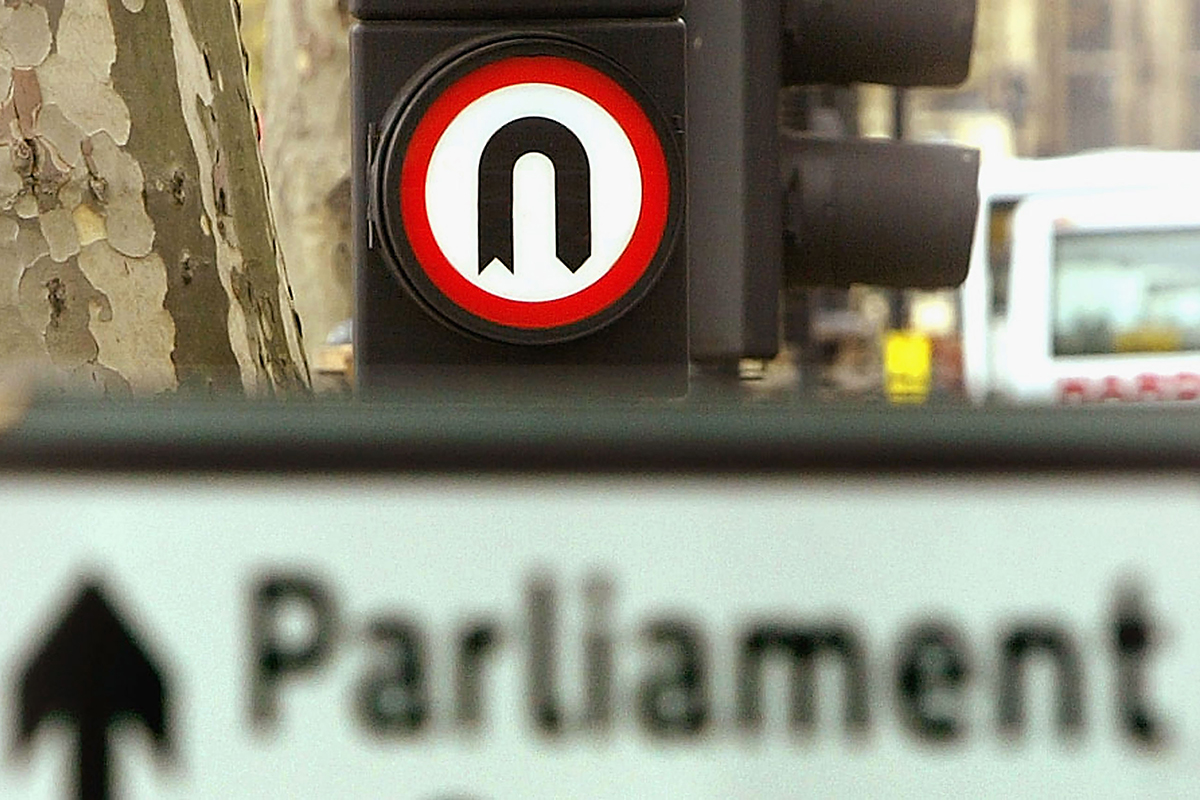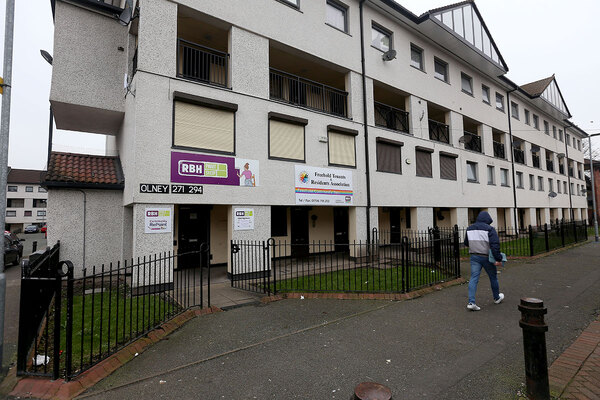A list of recent housing policy U-turns
The Social Housing Green Paper confirms more housing policy U-turns from the government, which has spent the past two years dropping policy ideas developed under the David Cameron government. Here is a rundown of the major changes in policy direction, by Peter Apps. Picture: Getty
The high-value asset levy: proposed April 2015, scrapped August 2018
Plans to make councils sell off their highest-value homes were a favourite of thinktank Policy Exchange – which wielded huge influence over Mr Cameron’s social housing philosophy. This was wildly unpopular with councils, with Conservative London boroughs pushing back particularly hard.
The policy quickly became mired in complexity over how to set the levy and how to collect the cash.
Powers to introduce it passed into law as part of the Housing and Planning Act 2016, but these were always subject to further parliamentary approval of the specific regulations.
This policy has never been seriously pursued by Theresa May’s government and would undoubtedly have been axed earlier had it not been the only identified funding mechanism for the Right to Buy extension (see below).
Scrapping lifetime tenancies: proposed December 2015, scrapped August 2018
Plans to ‘phase out’ providing lifetime tenancies in social housing were first revealed by Inside Housing in October 2015, before being formally announced in December of that year. Originally the plan was to create new rolling tenancies of five-year fixed terms for new tenants and those who inherited a tenancy, but this was upped to 10 years due to opposition in the House of Lords. This policy was another which passed into law in the Housing and Planning Act but was never brought into force, before being finally abandoned today.
The Local Housing Allowance (LHA) cap on social housing benefit: proposed November 2015, scrapped (completely) August 2018
This was a U-turn so long and complex that we’ve dedicated an entire timeline and a podcast to chronicling its progress. In a nutshell, George Osborne proposed capping housing benefit in the social housing sector at the same level as that in the private rented sector.
After nearly three years of lobbying, the government finally accepted this would be a disaster for supported and sheltered housing, as well as for young people, and dropped it completely.
The removal of housing benefit for under 21s: proposed June 2012, scrapped March 2018
Removing housing benefit for “feckless” young people was a good Daily Mail headline for David Cameron back in those halcyon days of 2012, but the policy eventually took five years to develop and only lasted for 12 months.
Finally introduced in 2017, with a vast and complex list of exemptions, the policy was supposed to protect the most vulnerable, but charities warned this would not work in practice and would place thousands at risk of homelessness while and impact assessment released to Inside Housing showed 11,000 would be affected.
The government said it planned to scrap the policy after less than a year in March but has not actually got round to changing the regulations to do so yet.
Starter Homes: proposed April 2015, scrapped February 2017
The plan to build 200,000 Starter Homes (to be sold at 80% of market value) instead of more traditional affordable housing was a headline pledge of the government’s manifesto in 2015.
After two years of wrangling and near universal criticism of the proposal from housing associations, councils, lenders, valuers, builders and tenants groups, the government axed its target of 200,000 and the proposal that all developments should include 20% Starter Homes in the Housing White Paper. The money which would have gone to Starter Homes has now been redirected to social rent and not a single Starter Home has been built.
Pay to Stay: proposed July 2015, scrapped November 2016
In George Osborne’s first Spending Review after winning the 2015 election, he announced several housing policies, including plans to make social housing tenants with a household income of more than £30,000 a year nationally and £40,000 a year in London pay full market rents.
This policy came in for wide criticism, with warnings that it would drive middle earners out of high-value areas, would be a huge administrative burden to manage and would be a perverse incentive against getting a better-paid job.
After a lengthy battle it was toned down in the Housing and Planning Act, but passed into law. However, it was axed in November 2016 without ever being introduced.
The removal of grant from rented housing: proposed November 2015, scrapped November 2016
In the 2015 Autumn Statement, George Osborne revealed that all of his £4bn grant programme through to 2021 would go to shared ownership housing and other forms of homes for owner-occupation, bar a small amount for specialist supported housing. This was arguably the pinnacle of his homeownership-focused housing policy, and would have made him the first post-war chancellor not to fund below market rented housing at all. He said at the time: “In the end, Spending Reviews like this come down to choices about what your priorities are. And I am clear: in this Spending Review, we choose housing. Above all, we choose homes that people can buy.”
However, this was scrapped almost exactly a year later in Philip Hammond’s first Autumn Statement, when he opened up the programme to bids for rented homes.
The Right to Buy extension: proposed April 2015, scrapped ?
The elephant in the room. Officially, the government is still committed to this and will be launching a large-scale pilot in the West Midlands this month.
But with no funding mechanism attached any more it seems nigh-on-impossible that there will ever be a full-scale roll-out of the extension, as promised in the 2015 Conservative manifesto.
The latest green paper policy of 1% shared ownership purchases is tipped by some commentators as a likely substitute, along with softer (and crucially cheaper) homeownership initiatives. Time will tell where exactly this policy ends up, but the evidence would suggest it won’t be what the government originally promised.
KEY PROPOSALS IN THE SOCIAL HOUSING GREEN PAPER
- New 'league tables' of housing providers based on key performance indicators, surrounding services such as repairs and neighbourhood management. This could be linked to housing grant.
- Consideration to scrapping of the current 'serious detriment' test, to allow 'Ofsted-style' tougher consumer regulation
- New home ownership options such as allowing tenants to buy as little as 1% of their property each year through shared ownership. This would only apply to new shared ownership purchases.
- Ditching of plans to force social landlords to offer fixed term tenancies rather than lifetime tenancies in social housing
- Ditching of plans to force councils to sell off their most valuable social housing when it becomes vacant
- The potential introduction a new stock transfer programme from councils to 'community-led' housing associations
- The return of guaranteed debt funding to help the development of affordable homes, and longer term 'strategic partnerships' for developing housing associations













